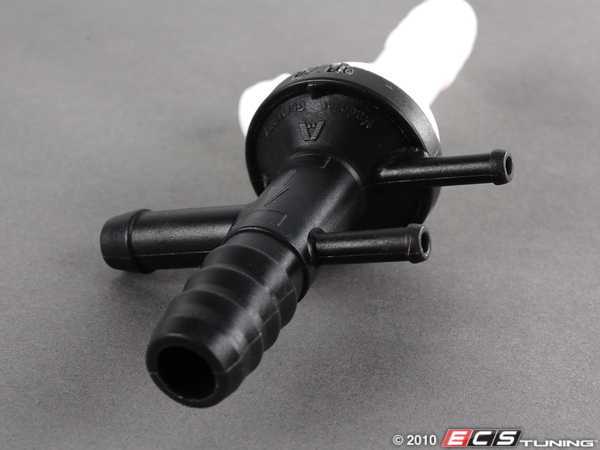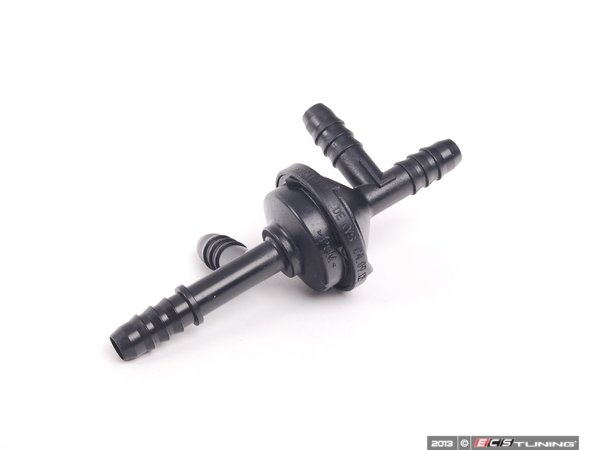N249 serves two purposes:
1) In light and medium part throttle, where intake manifold pressure is -10inhg to 0psi which is pretty much where normal DD car lives 90% of its life, the N249 enables DVs (diverter valves) and allows air to come unobstructed directly from inlets to up-pipes skipping turbos, ICs and all that piping there.
2) When coming out of heavy load/WOT pull, where there was positive boost developed by turbos, the N249 pre-opens DVs just before throttle closes to route compressed air back into inlets and letting the turbos to freely spin down.
With N249 delete you get these side effects with no benefits other than cosmetic changes to top of engine:
#1:
During normal operating conditions in -10inhg (this is dependent on what spring you have in your DVs though, 710N DVs have 7psi for example) to 0psi with non-functional N249, the DVs stay closed forcing the intake air to go through turbos, ICs, and piping AT ALL TIMES. At this point, there is not enough exhaust flow to positively spin the turbos so the intake air is actually propeling the turbos in kind of reverse fashion and experiences additional pressure drop in ICs. This kills efficiency of engine directly affecting economy. Basically what you do with N249 is you're "deleting" NA mode of operation our cars have with intact N249.
Guess why diesel engines get their stellar economy? Due to simple intake tract. Diesels have no throttles so they always take all the air they can, very little obstruction here. Their output is regulated via amount of fuel injected only.
My own car with N249 delete felt very weak in that area with actual bucking when cold started and immediately light accelerated. With N249 is a peppy happy NA like car in the light load situations.
#2:
When coming off-WOT where there is large amount of pressurized air between turbos and throttle, the car without N249 is about to experience what is technically called a turbo surge phenomenon. As throttle closes to practically nothing, the air has nowhere to go as DVs are still closed. It takes about 0.2 - 0.3s for the manifold to develop deep vaccum, evacuate the air from DVs and then for DVs to meanigfully open. That air goes the only route it can, which is back into the turbo which at this point has no forced propelling it anymore. The compressor wheel, shaft and turbine then experiences severe g forces as the assembly brakes from about 150k rpms to nothing within fraction of second.
To illustrate this point, here is a graph showing the boost spike at throttle boot MAP sensor (this would NOT be visible on normal boost gauge hooked up to intake manifold). It shows baseline 32-33psi run then a foot off the pedal with associated instant boost spike to 40psi which takes a good moment to fizzle out as it goes back into the turbo and then the DVs open sometime in the middle of boost fall line. Coincidentally, these boost spikes were popping off my TBB pretty reliably so they were pretty severe.
One sample = 0.1s.














 Reply With Quote
Reply With Quote












Bookmarks